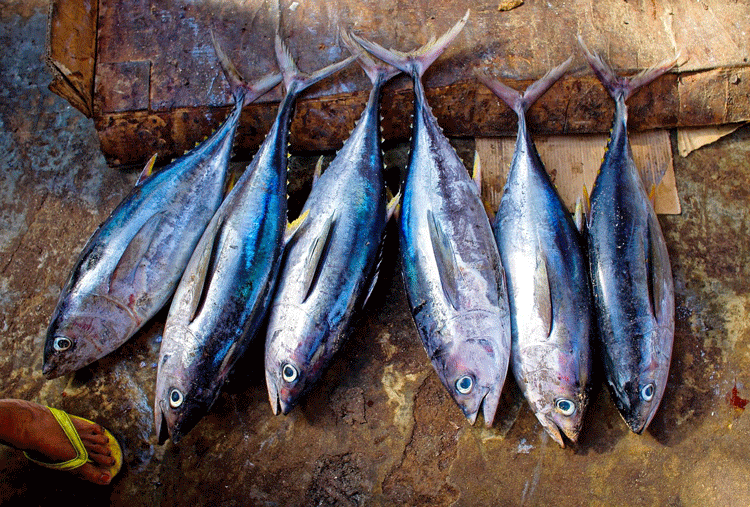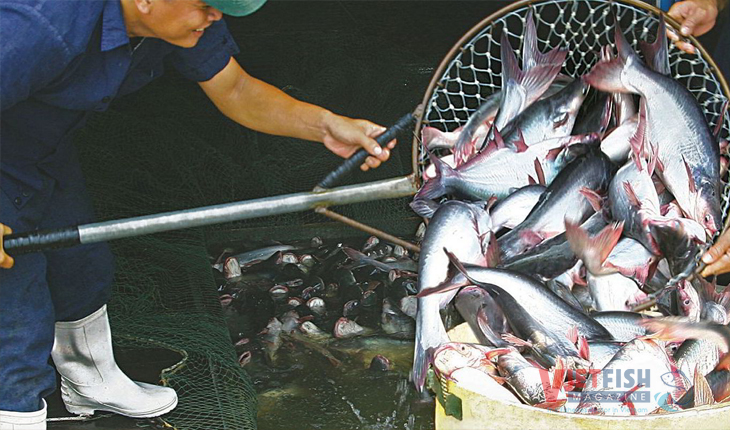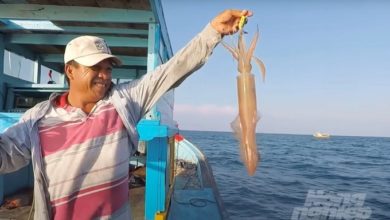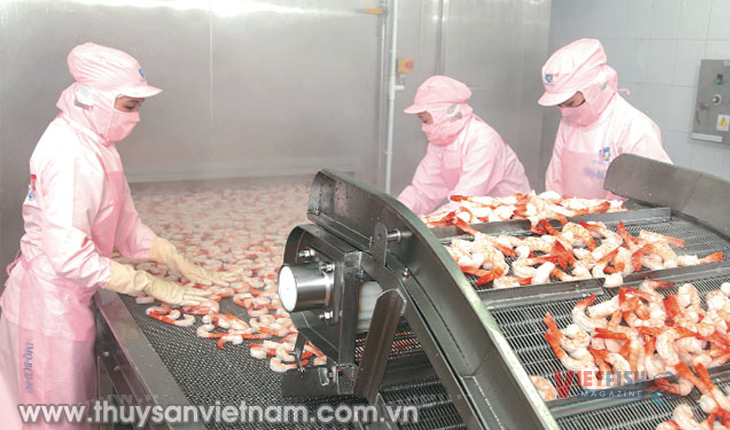Tuna exports to Russia surge, signaling strong market potential
Tuna exports to Russia are gaining momentum, with recent trade data highlighting strong growth and an increasingly favorable environment for Vietnamese seafood businesses to expand in the Russian market.
According to the Vietnam Customs Department, tuna exports to Russia in 2024 reached nearly USD 45 million, five times higher than in 2020, marking the highest level in the past decade. In the first three months of 2025 alone, exports exceeded USD 10 million, up 15% year-on-year.
Rising demand and complementary trade relations
Russia currently ranks among the top 30 tuna-importing nations globally. Over the past five years, the country’s tuna import value has doubled, hitting close to USD 90 million in 2023. Vietnamese trade officials emphasize that the two economies complement each other well, Vietnam relies on Russian imports for industrial and consumer needs, while Russia imports tropical agricultural products, seafood, and processed foods from Vietnam.
Given these synergies, bilateral trade, particularly in tuna, is seeing renewed interest. Officials note that the existing demand in Russia for tuna, combined with improved logistics and payment mechanisms, creates a promising window of opportunity for Vietnamese exporters.
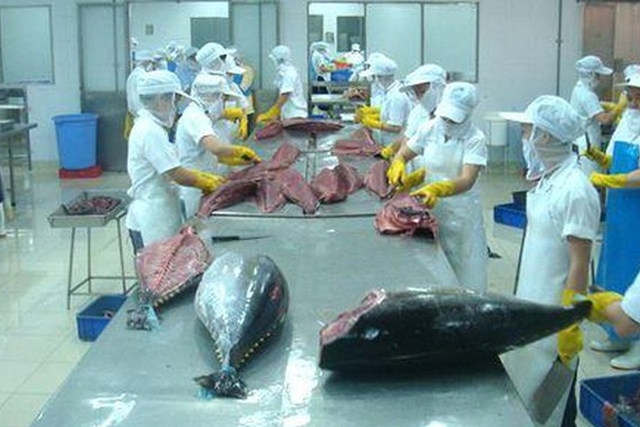
Improved logistics and smoother payment options
Previously, logistical and financial hurdles had posed challenges for bilateral trade. However, those barriers are gradually being resolved. Tuna shipments from Vietnam to Russia can now utilize direct sea freight routes from Hai Phong or Ho Chi Minh City to Vladivostok, with transit times of just 8 to 11 days. Alternatively, exporters may opt for international rail transport through China and Kazakhstan to Moscow, which typically takes 35 to 40 days.
On the financial front, companies from both nations can settle transactions using either the Russian ruble or the Vietnamese dong, allowing for smoother bilateral trade without reliance on third-party currencies. Additionally, Russia’s introduction of 15-day e-visas for Vietnamese nationals is simplifying travel for business purposes.
FTA and zero-tariff incentives
Another major advantage lies in the Free Trade Agreement (FTA) between Vietnam and the Eurasian Economic Union (EAEU), of which Russia is a key member. In effect since October 2016, the agreement grants zero or preferential tariffs to the majority of traded goods between the two sides. Trade experts encourage Vietnamese businesses to capitalize on these favorable conditions to accelerate investment and exports to Russia.
Maintaining standards to ensure long-term access
Despite the positive outlook, experts caution exporters to thoroughly understand and comply with Russian regulations regarding product quality, labeling, and packaging. Ensuring high standards is critical to maintaining stable, long-term market access and avoiding future trade disputes.
As trade ties between Vietnam and Russia deepen, tuna is emerging as a strategic product with both commercial potential and symbolic significance in bilateral cooperation. With the right strategy and adherence to international standards, Vietnamese seafood businesses are well-positioned to thrive in this growing market.
VFM



